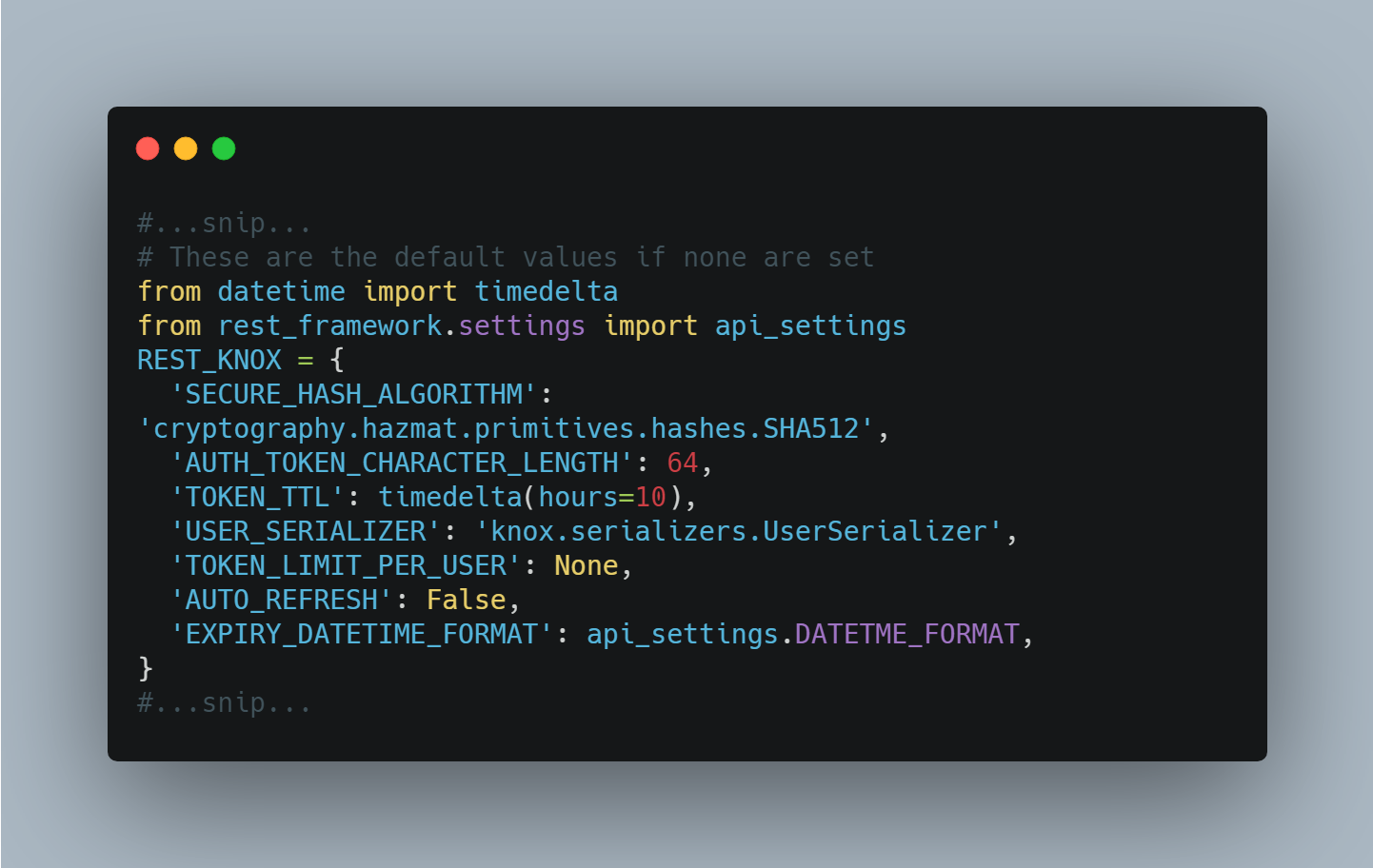Djaq
Djaq - pronounced “Jack” - provides an instant remote API to your Django models data with a powerful query language. No server-side code beyond two lines of config is required. You don’t write backend classes, serializers or any other code to be able to immediately get whatever data you want to the client. And it is blazing fast.
Djaq queries are strings. A query string for our example dataset might look like this:
(b.name as title, b.publisher.name as publisher) Book b
This retrieves a list of book titles with book publisher. But you can formulate far more sophisticated queries, see below. You can send Djaq queries from any language, Java, Javascript, golang, etc. to a Django application and get results as JSON. In contrast to REST frameworks, like Django Rest Framework (DRF), you have natural access to the Django ORM from the client.
Djaq is a good fit if you want:
- A fast, natural query language with great performance
- Fast UI development
- Fast development of Proof of Concepts
- Microservice communication where some services don’t have access to the Django ORM or are not implemented with Python
Djaq sits on top of the Django ORM. It can happily be used alongside QuerySets and sometimes calling a Djaq query even locally might be preferable to constructing a Queryset, although Djaq is not a direct replacement for QuerySets. You can even combine Djaq queries and Querysets.
Features you might appreciate:
- Immediate gratification with zero or minimal server-side code. Because there is minimal setup, there is minimal wasted effort if you later move to another framework, like GraphQL or DRF. But getting started calling your API is much faster than those frameworks.
- A natural syntax that lets you compose queries using Python-like expressions. The query format and syntax is designed to be written by hand quickly. Readability is a key goal.
- Complex expressions let you push computation down to the database layer from the client easily.
- Fast cursor semantics and explicit retrieval. It only gets data you asked for.
- Obvious performance behaviour. It will trigger a query in one obvious way through one of the generator methods:
.dict(),.tuples(),.json(). - A ready-to-go CRUD API that is easy to use. You can send requests to have an arbitrary number of Create, Read, Write, Delete operations done in a single request.
- Customisable behaviour using your own functions and data validators.
- A handy user interface for trying out queries on your data models.
Djaq provides allowing and disallowing apps and models you want to expose. It also provides a simple permissions scheme via settings.
Djaq UI





